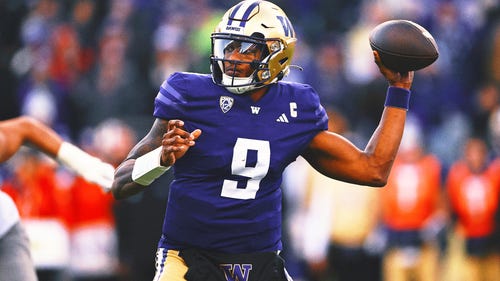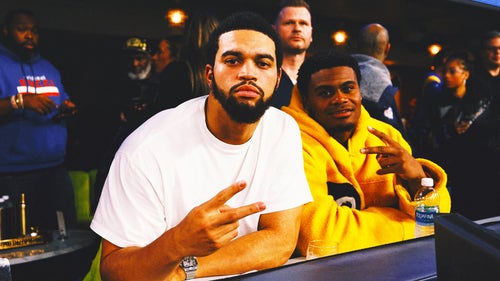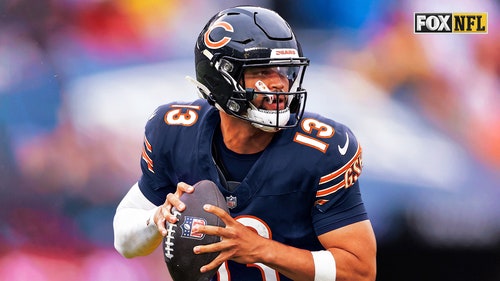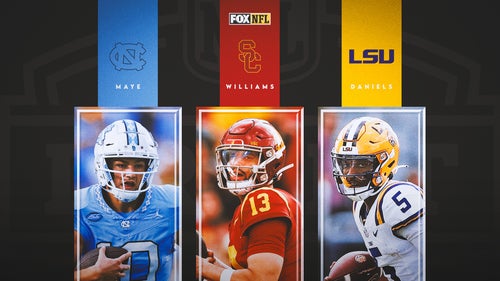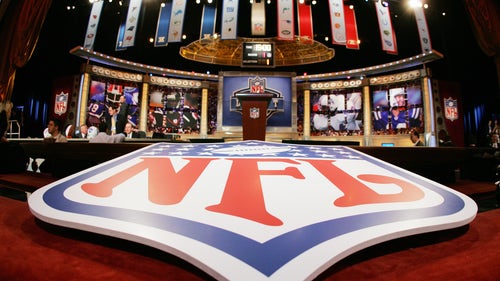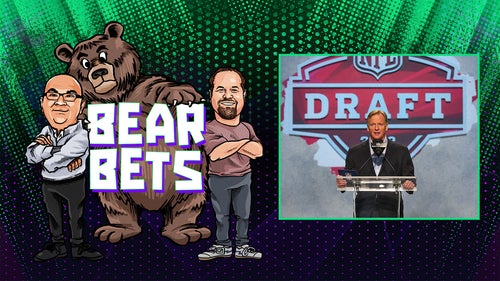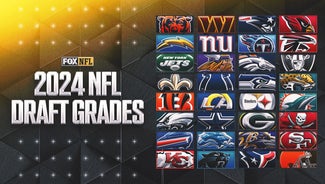
Jobs' Super Bowl ad changed the game
Steve Jobs changed the Super Bowl, too. He changed everything, didn’t he? He changed the way we look at sports and continues to do it now, even after he died Wednesday.
It started with the Super Bowl in 1984, when Jobs went against the advice of Apple’s board and ran a 60-second movie-quality commercial, playing off George Orwell’s novel, "1984," to help introduce his new Macintosh home computer. They didn’t have commercials like that before.
He changed the technological world for sure. But maybe people don’t realize how many things he really touched. That commercial was an iconic sports moment in this country.
A computer commercial was a sports moment? That’s right. The Super Bowl is our most important sporting event, and TV is the way we watch it. Jobs changed the way we take it in, made it more of an event by introducing an era of big Super Bowl commercials.
It helped to fully complete the moment. And when you watch now, with the National Anthem, the over-the-top halftime shows, the big-production commercials that everyone watches and, oh yes, the game too, it all adds up to a great celebration of Americana. Or at least American capitalism.
"What a shock: Steve Jobs going ahead of the curve," joked Marc Ganis, president of Chicago-based Sportscorp, a sports consulting firm. "Another example of where he saw the potential in the future and was a forerunner in taking advantage of it."
It was Super Bowl XVIII, third quarter. The commercial, 60 seconds long, showed dozens of people in blue or gray, looking alike, uniformly facing a screen with a man, Big Brother, speaking propaganda.
"Today, we celebrate the first glorious anniversary of the Information Purification Directives," Big Brother says. "We have created, for the first time in all history, a garden of pure ideology — where each worker may bloom, secure from the pests purveying contradictory truths."
A blonde woman in white tank top and red athletic shorts quietly runs in with a contradictory truth, and a sledgehammer that she throws at the screen, destroying it.
Trivia question: Who won that Super Bowl? The Los Angeles Raiders beat the Washington Redskins 38-9.
The game is the side note. They still talk about the commercial.
There are so few truly iconic events, but this was one of them. In a world where you have the Kardashians, who do absolutely nothing to reach icon status, Jobs’ commercial was something that had a real and lasting effect.
Today in the Super Bowl, the commercials are actually part of the programming. This is the Super Bowl of advertising, too. A dream for advertisers: A massive and captive audience. That Apple ad created an industry.
Ganis points out that it makes news now when a company decides to buy a Super Bowl ad. As of a month ago, all but five 30-second spots were sold for this season’s game, at $3.5 million apiece.
That’s $116,000 per second.
Meanwhile, Jobs has touched sports even more. The Tampa Bay Buccaneers, among other teams, use iPads for their playbooks.
And years ago, a sporting event was a place where fans got a break from the real world. Now, they bring the world into the stadium with them with their phones (iPhones?). The stadiums are packed with fans on their phones, talking with other fans on Twitter, keeping up with scores and updates. It’s easier to go to a game and stay in tune with what’s going on.
"In the next two years, Steve Jobs is going to be asked to save the sports world, even though he just died," said Darren Rovell, CNBC’s sports business reporter, whose new TV show, "SportsBiz: Game on," appears Friday nights on Versus. "There’s a humongous problem with the cannibalization of sports. How many times have you heard someone say, 'Oh yeah, I was at the game.' What are you doing now? 'Oh, I’m watching the game cause I didn’t see it.'"
Rovell said that with the technological advancements, fans feel they get more by watching the games at home on TV than by being there in person. They don’t see the yellow first-down line in person, can’t follow the red zone.
"Fans aren’t seeing games in person like they want," he said. "It used to be if you weren’t at a game, you were missing something. Now, if you are at the game, you’re missing something."
He said it will be on Apple, and other companies, to use technologies, such as iPad, for individual fan use at stadiums.
But Apple’s influence started with the commercial, which appeared just one time on national TV. After the Super Bowl, it appeared during previews in movie theaters.
Now, this wasn’t the first well-known Super Bowl commercial. Joe Namath did one in pantyhose. Mean Joe Greene did one, in which a kid saw him down the tunnel as he left the field. The boy offered Greene his Coke.
Greene drank it, then tossed his jersey to the boy.
"Thanks, Mean Joe," the kid said.
But the Apple 1984 ad was the one that reached Super hype. It’s the one that changed everything. Why?
Ganis said it had to do with what else was going on at the time. Cable TV, and ESPN, were new, growing and adding to sports’ popularity. It was a moment for icons, he said, and Jobs was the first to notice.
So in 1984 you had the first iconic ad. Then, in 1985, the first over-hyped, iconic Super Bowl team, the Chicago Bears. It was the beginning of an era.
"Steve Jobs was one of the first to see how all those things could come together," Ganis said. "That ad was a forerunner of the Super Bowl broadcast being the prime place where advertisers would open a new campaign, would promote a new product. That commercial started the whole notion of the commercial itself as news."
Did it help to increase the size of the game, and the NFL itself? With ad prices going up, didn’t that lead to networks paying more for the rights to broadcast the game, which led to the NFL having more money, which led to players making more?
"You’re getting carried away," Rovell said.
OK, maybe so. Maybe the boom of cable and the sports world created a greater forum for the major commercial. But someone had to have the vision. Then, everyone else followed, copying the genius.
Someone had to take that sledgehammer and throw it.







































































































































